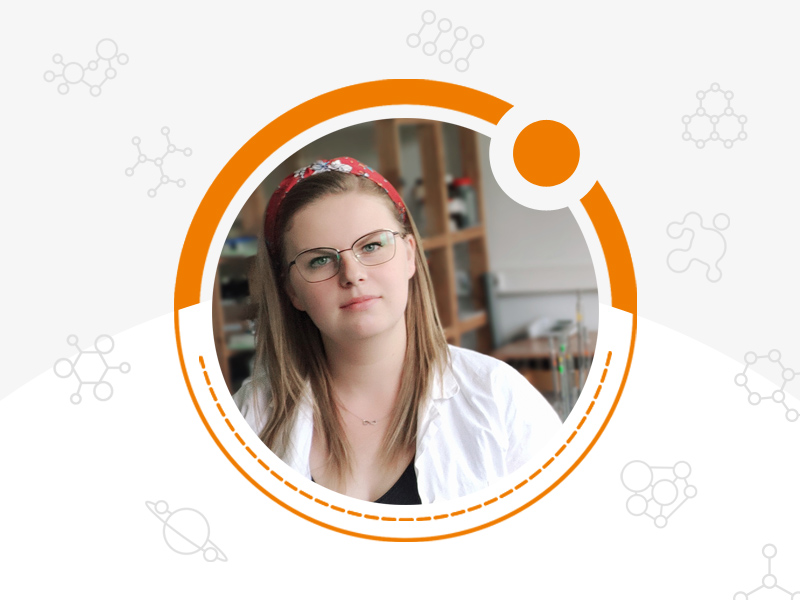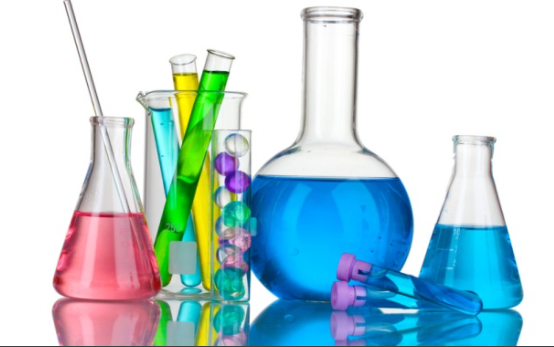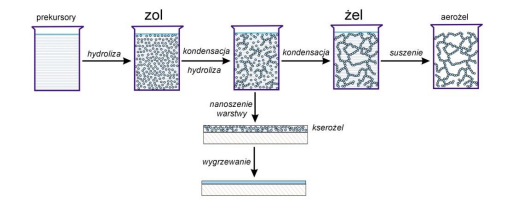
28 March
INTERNATIONAL JELLIES DAY

„Save the date” is a series of articles that have been written to celebrate various unusual holidays. The authors of the presented materials are students, doctoral students and employees of the Faculty of Science and Technology of the University of Silesia.
28 March is celebrated as International Jellies Day
Money can’t buy us happiness… but If you have money, you can buy jellies, and then – you are very close to happiness!
Our guide to the world of delicious and useful jellies will be Sylwia Stiler-Wyszyńska, MSc Eng.
Jellies – probably all of us know them, and I think that everyone has their own favorite ones. They differ in taste, consistency, hardness and shape. But what are jellies, how are they made, what is their history and do they have anything to do with hydroGELS or sol-GELS? All of these questions are answered below.
Fot. archive of UŚ
Sylwia Stiler-Wyszyńska, MSc Eng.
Institute of Materials Engineering
Some history
In ancient Greece and Rome, people were enjoying sweets, mainly cookies and cakes. For many centuries, sweets were a luxury commodity due to the fact that they were made from cane sugar. Sugar was combined with acacia resin for the first time in 19th century. After heating it transformed into sweets with a rubbery consistency.
The first fruit jelly was made in 1922 and it had the shape of a teddy bear. Today, jellies can take any shape, depending on the vision of their designer. The manufacturing process begins with a design, a hand-drawn project, which is then scanned into a computer. In the next step, special stamps that allow to create molds for jelly beans are created. The jellies we eat today are mainly made of pork gelatine of various flavours and colours.
So what do sol-GELS have to do with jellies?
Apart from the GEL in the name, it has little to do with jellies. The sol-gel method is a versatile technique that is used to synthesise both amorphous and crystalline oxide materials. The sol-gel method, is based on the slow dehydration of the hydroxide sol of a given material, which turns the sol into a gel.
Ryc.1. Processes in the sol-gel technology
Source: Edyta Oziębło, Optical properties of thin silica layers produced with the sol-gel method,
Cracow University of Technology, International Doctoral Studies, Niewodniczański Institute of Nuclear Physics of the Polish Academy of Sciences, 2015
The sol-gel method is often used to obtain glass coatings, including hybrid coatings (these are organic-inorganic coatings with interesting optical properties).
The last thing – hydroGELS, maybe they have more to do with jellies?
Hydrogels are colloidal systems in which the dispersed phase is water, while the dispersing (forming) phase consists of mainly natural or artificial polymers (or their modifications). The most common example of such a colloidal system is gelatin jelly. So as you can see, hydrogels have more to do with jellies 😉
Hydrogels are flexible, spongy materials, mostly made of water.

Ryc. 2. Hydrogels
Source: https://www.aptekarzpolski.pl/wiedza/hydrozele-w-preparatyce-farmaceutycznej
Hydrogels are materials with a very wide range of applications, icluding
- medicines, cosmetics, and drug carriers.
- recently, hydrogel dressings have also been gaining popularity, which, thanks to the absorption of discharge from wounds, accelerate their healing
- another application of hydrogels are contact lenses and surgical implants; they are also used as a medium for cell cultures
- hydrogels allow to significantly reduce the cost of maintaining plants, thanks to their ability to absorb large amounts of water
Are jellies healthy?
Unfortunately, not so much. There are usually about 12 teaspoons of sugar in 100 grams of jellies. They often adversely affect our glycaemia and the condition of the teeth. Jellies for vegetarians are much healthier than ordinary jelly beans, as instead of gelatin they contain agar obtained from algae, which is a source of vitamins and minerals.
However, today, on the International Jellies Day, let’s just celebrate 🙂
Bon appetit 🙂







